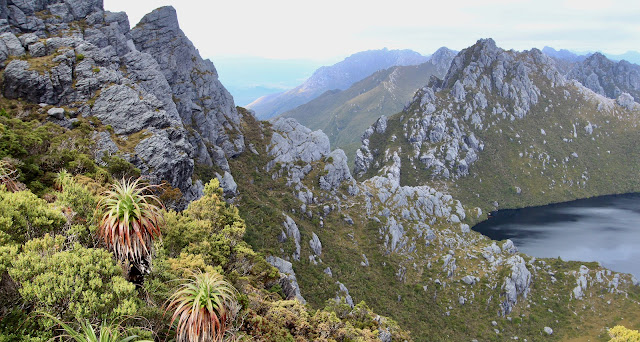But, if you have been a regular visitor to this blog or followed our socials, you probably noticed that it all went really quiet in 2020.
The lapse had many causes - changes in writing motivation and writing time were the main two. Even the simplest of blogs takes many hours of research, writing, and compilation but our commitment to spreading the word about adventure and nature also earnt us nothing. We have always kept this page ad-free and subscription free. And for the blog to continue, we felt we needed something to supplement or supercharge the motivation required to keep blogging.
So we took a step back, enjoyed our adventures for a while, wrote and photographed for ourselves. Thinking all the time of how to mix things up.
The end result is a new website! A fresh look and a slightly different approach.
You can visit us at awildland.com.au
The website gives us greater flexibility and the chance to be more dynamic and varied as well as giving us a platform to promote our professional writing and photography.
At awildland.com.au our plan is to make the photo gallery ever-changing; with the best on offer and not always tied to a story. We've started small, with themed galleries, but already it contains many never-before-published images. These images stand alone as things of beauty and exploration. The blog posts may be less frequent but still informative with a stronger focus on the story they have to tell, the histories in place and the things we can all do to ensure nature thrives into the future.
awildland.blogspot.com.au will continue to exist as an archive, as long as blogspot exists. We may move some of the more relevant pieces to the new website and all new blogs will appear there rather than here.
The idea is to evolve - us and this site; for the blog to evolve with nature and its voice.





















